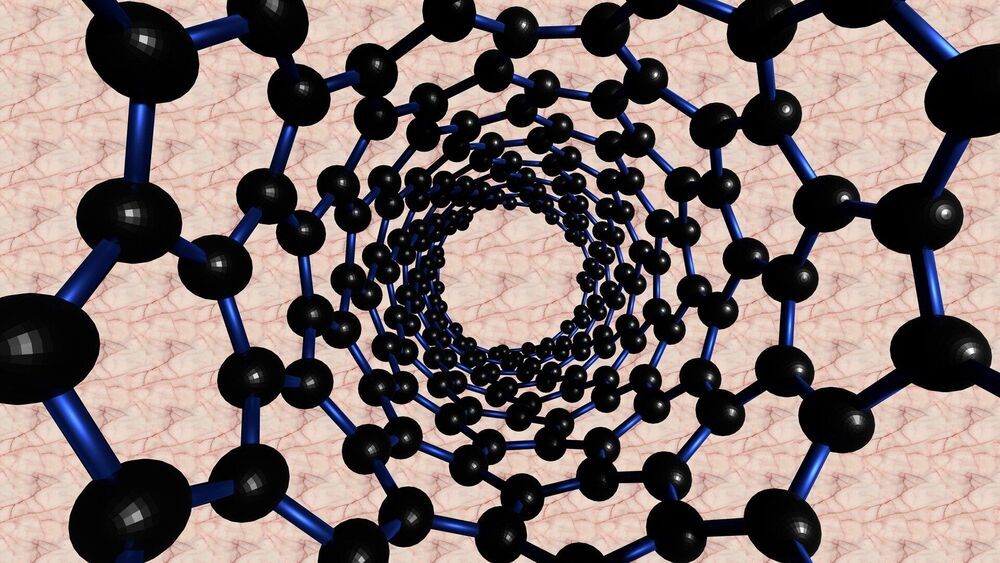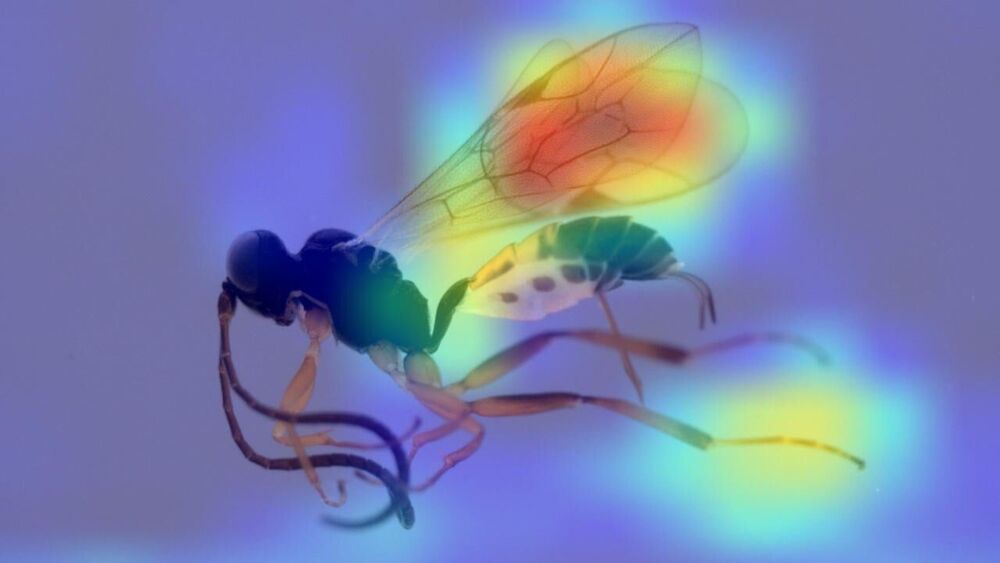It’s on track to be the first country to legalize fully autonomous “robotaxis,” beating out the United States and China.




MIT engineers have discovered a new way of generating electricity using tiny carbon particles that can create a current simply by interacting with liquid surrounding them.
The liquid, an organic solvent, draws electrons out of the particles, generating a current that could be used to drive chemical reactions or to power micro-or nanoscale robots, the researchers say.
“This mechanism is new, and this way of generating energy is completely new,” says Michael Strano, the Carbon P. Dubbs Professor of Chemical Engineering at MIT. “This technology is intriguing because all you have to do is flow a solvent through a bed of these particles. This allows you to do electrochemistry, but with no wires.”


China’s economy is facing several risks: an aging population, less working-age people, and rising wages. So how is the country responding to these threats? A big part of the answer is automation. From factories to warehouses, several industries are pushing to automate more of their workforce. CNBC’s Arjun Kharpal spoke to China’s largest retailer, JD.com about its new smart logistics center, and examined what comes next for the world’s second largest economy.
–
Like our Facebook page:
https://www.facebook.com/cnbcinternational.
Follow us on Instagram:
https://www.instagram.com/cnbcinternational/
Follow us on Twitter:
Tweets by CNBCi
For those interested in drone technology.
✅ Instagram: https://www.instagram.com/pro_robots.
You are on the PRO RobotsThe best drone with a camera. What quadcopter to buy? In this issue we will tell you about the top of the coolest quadcopters.
Today’s video is about drones, as drones are rapidly becoming the most popular hobby. Today you can buy a drone on aliexpress, make your own hands or find one at almost any hardware store, and new drones appear there every day. Although drones can be treated as toys, a really cool quadcopter is a serious investment and you want to choose the best one for yourself.
0:00 announcement.
0:23 DJI Air 2S
01:54 DJI Mini 2
03:03 DJI Mavic 2 Pro.
04:14 Skydio 2
05:00 Parrot Anafi.
06:02 Potensic Dreamer Pro 4K
06:32 Syma X20
07:03 Propel X-Wing.
07:45 DJI Ryze Tello.
08:33 Emax Tinyhawk 2
09:03 DJI FPV
09:40 PowerVision PowerEgg X
#prorobots #robots #robot #future technologies #robotics.

## JOURNAL OF THE AMERICAN CHEMICAL SOCIETY • JUN 4, 2021.
# *A lovely single step bio-inspired process with some interesting complex benefits particularly for humans on Mars.*
*by holly ober, university of california — riverside*
A team led by UC Riverside engineers has developed a catalyst to remove a dangerous chemical from water on Earth that could also make Martian soil safer for agriculture and help produce oxygen for human Mars explorers.
Perchlorate, a negative ion consisting of one chlorine atom bonded to four oxygen atoms, occurs naturally in some soils on Earth, and is especially abundant in Martian soil. As a powerful oxidizer, perchlorate is also manufactured and used in solid rocket fuel, fireworks, munitions, airbag initiators for vehicles, matches and signal flares. It is a byproduct in some disinfectants and herbicides.
Because of its ubiquity in both soil and industrial goods, perchlorate is a common water contaminant that causes certain thyroid disorders. Perchlorate bioaccumulates in plant tissues and a large amount of perchlorate found in Martian soil could make food grown there unsafe to eat, limiting the potential for human settlements on Mars. Perchlorate in Martian dust could also be hazardous to explorers. Current methods of removing perchlorate from water require either harsh conditions or a multistep enzymatic process to lower the oxidation state of the chlorine element into the harmless chloride ion.
Doctoral student Changxu Ren and Jinyong Liu, an assistant professor of chemical and environmental engineering at UC Riverside’s Marlan and Rosemary Bourns College of Engineering, took inspiration from nature to reduce perchlorate in water at ambient pressure and temperature in one simple step.


New EPFL research has found that almost half of local Twitter trending topics in Turkey are fake, a scale of manipulation previously unheard of. It also proves for the first time that many trends are created solely by bots due to a vulnerability in Twitter’s Trends algorithm.
Social media has become ubiquitous in our modern, daily lives. It has changed the way that people interact, connecting us in previously unimaginable ways. Yet, where once our social media networks probably consisted of a small circle of friends most of us are now part of much larger communities that can influence what we read, do, and even think.
One influencing mechanism, for example, is “Twitter Trends.” The platform uses an algorithm to determine hashtag-driven topics that become popular at a given point in time, alerting twitter users to the top words, phrases, subjects and popular hashtags globally and locally.